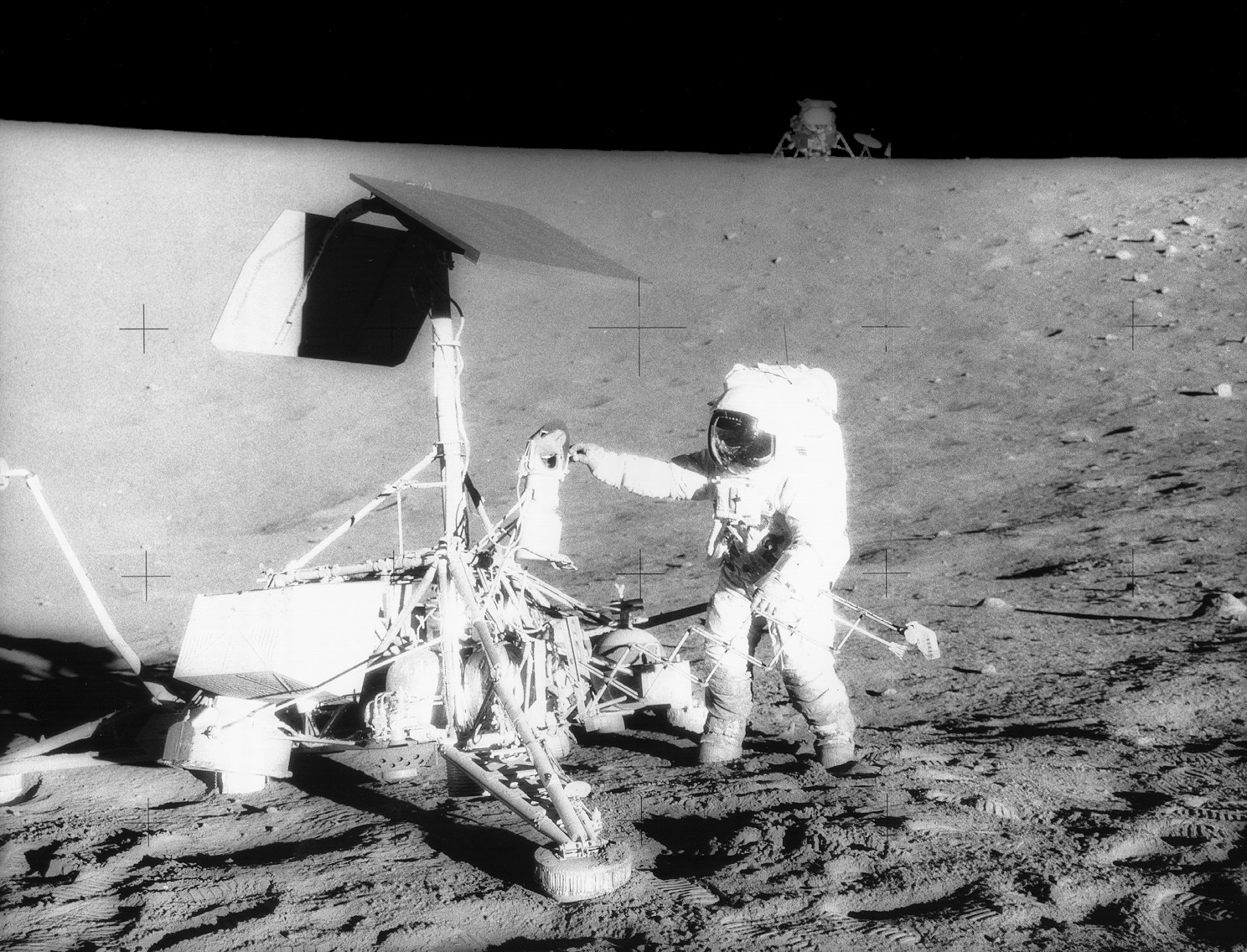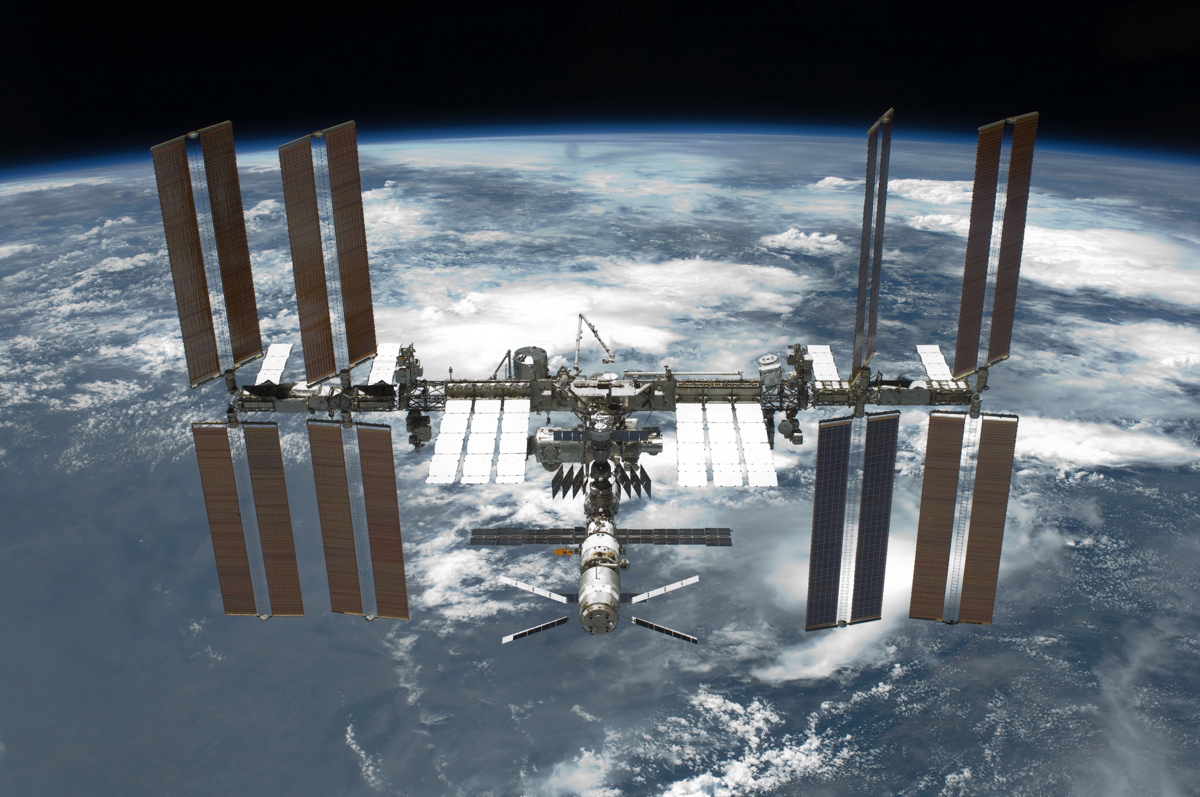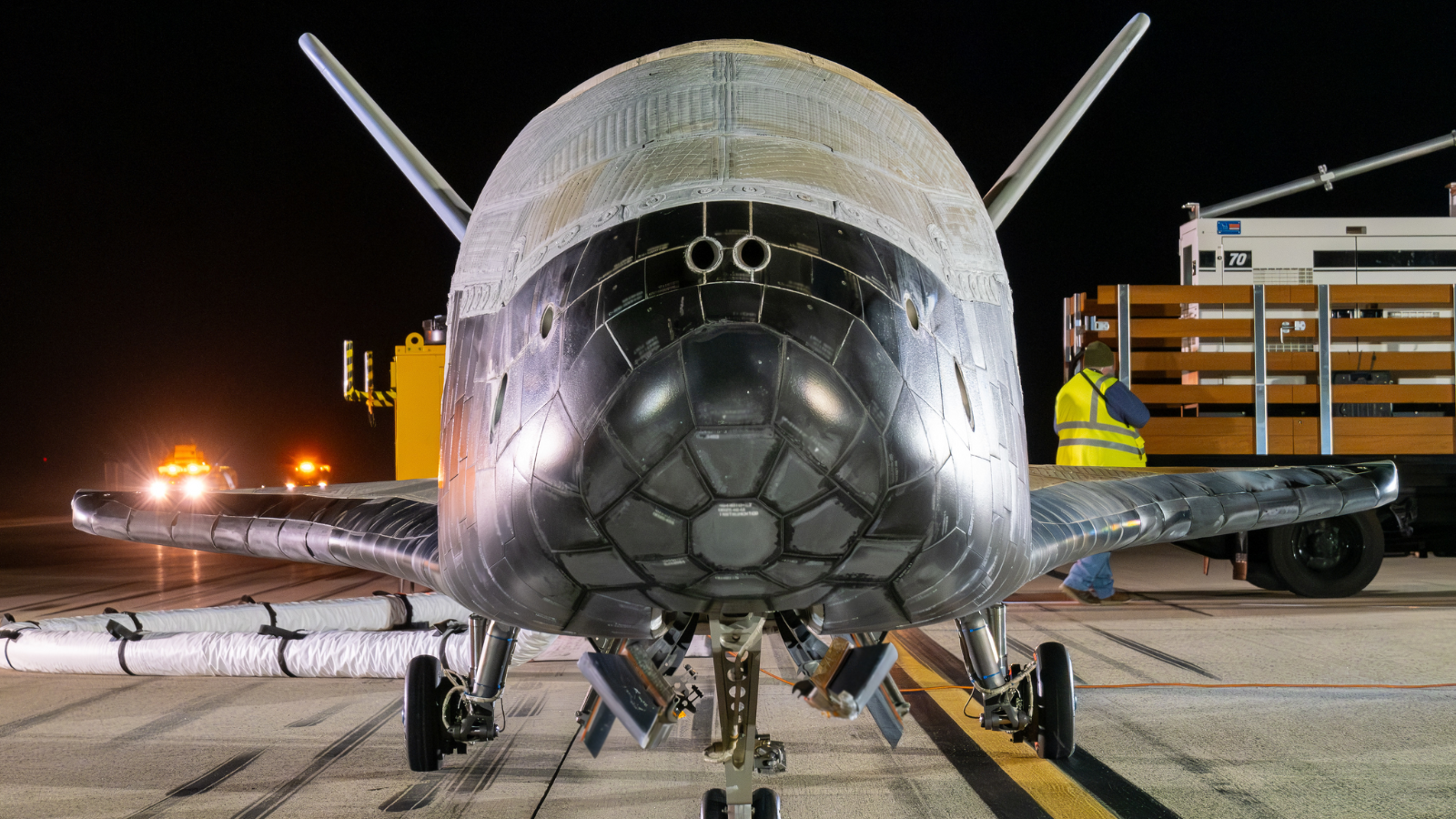Shielded Microbes Can Survive Space

Outer space might be the toughest environment for life, but some hearty microbes have been able to survive in it for surprising amounts of time. How long they can do so and why they are able to withstand the difficulties of space remains a topic of controversy.
Persistent strains of microbes have been discovered in spacecraft clean rooms. In 2014, Russian reports emerged of plankton surviving on the exterior of the International Space Station, a claim that NASA officials objected to for lack of evidence.
Still, understanding how well microbes can survive in space is of importance when sending out orbiters or landers around bodies that might present the right conditions for life, such as Mars. Scientists want to be careful to avoid contaminating other worlds with life from our own. And microbes' resilience to outer space enhances the prospects of panspermia, in which life can be seeded between planets via meteors and other traveling bodies. [6 Most Likely Places for Alien Life in Solar System]
This basis formed part of the rationale for a study led by Rocco Mancinelli, a senior research scientist at the Bay Area Environmental Research Institute, a nonprofit space and atmospheric science research group.
"Results from of this study are relevant to understanding the adaptation and evolution of life," Mancinelli wrote in an e-mail to Astrobiology Magazine.
His results were published in the January issue of the International Journal of Astrobiology in the article, "The affect of the space environment on the survival of Halorubrum chaoviator and Synechococcus (Nägeli): data from the Space Experiment OSMO on EXPOSE-R."

Finding the limits
Part of Mancinelli's research focuses on microbe-environment interactions, specifically looking at the environmental limits in which organisms can live. One of his research interests includes the vacuum of space, which also is subject to extreme ultraviolet radiation from the sun, since there is no atmosphere to filter it out.
Breaking space news, the latest updates on rocket launches, skywatching events and more!
In his experiment, Manicelli took pure cultures of two salt-loving microbes, Halorubrum chaoviator and Synechococcus nägelli, from solid salt crusts and grew them. After drying them, some of the samples were sent to the International Space Station's external platform space exposure facility, called EXPOSE-R. Those microbes remained on the exterior for nearly two years. Other microbes were held back on Earth as control samples.
Surprisingly, some of those in space survived, Mancinelli said.
"Those organisms that were exposed to only the space vacuum all survived. Those exposed to high doses of ultraviolet radiation died, those exposed to lower doses of UV showed some survival," he said.
One large implication is the possibility that microbes could move around the solar system, he added.
"In other words, if even somewhat protected from UV, the organisms will survive a journey to another planet or moon in our solar system," he said.

What kinds of transfers?
There are numerous examples of planetary pieces from Mars moving over to Earth, specifically in a class of meteorites called SNCs (Shergottites, Nakhlites, Chassignites), which are blasted off the Martian surface during meteorite impacts.
That said, the typical time to move between the planets is millions of years, making the result "irrelevant" if they were SNCs, Mancinelli said. Microbes could, however, survive in meteorites with a transit time of a few years, providing they are shielded from UV radiation.
More broadly, the experiment is a demonstration of how important it is to keep spacecraft as clean and microbe-free as possible before they leave the lab. NASA, the European Space Agency and other entities have planetary protection guidelines that detail how best to accomplish this, and Manicelli said research in this area must continue.
"We realize that we cannot sterilize spacecraft completely, but we can decrease the bio-load significantly. The relevance here is that we must understand that the probability of potential contamination exists, and that we must reduce that probability as much as possible," he said.
This story was provided by Astrobiology Magazine, a web-based publication sponsored by the NASA astrobiology program. Follow Elizabeth Howell @howellspace and us at @Spacedotcom, on Facebook and Google+.
Join our Space Forums to keep talking space on the latest missions, night sky and more! And if you have a news tip, correction or comment, let us know at: community@space.com.

Elizabeth Howell (she/her), Ph.D., was a staff writer in the spaceflight channel between 2022 and 2024 specializing in Canadian space news. She was contributing writer for Space.com for 10 years from 2012 to 2024. Elizabeth's reporting includes multiple exclusives with the White House, leading world coverage about a lost-and-found space tomato on the International Space Station, witnessing five human spaceflight launches on two continents, flying parabolic, working inside a spacesuit, and participating in a simulated Mars mission. Her latest book, "Why Am I Taller?" (ECW Press, 2022) is co-written with astronaut Dave Williams.

